What is SIP – Session Initiation Protocol?
How does it use SDP – Session Description Protocol?
What is SIP – Session Initiation Protocol?
SIP (Session Initiation Protocol) is a signaling protocol used to establish a “session” between two or more participants, modify that session, and eventually terminate that session. It has found its MAJOR use in the world of IP Telephony. The fact that SIP is an open standard has sparked enormous interest in the telephony market, and manufacturers shipping SIP-based phones have seen tremendous growth in this sector.
The SIP Protocol is text-based and bears significant resemblance to the HTTP protocol. The messages are text-based, and the request-response mechanism makes for easier troubleshooting. The actual data transmission is done by the Transmission Control Protocol (TCP) or the User Datagram Protocol (UDP) on layer 5 of the OSI model. The Session Description Protocol (or SDP) controls which of the protocols is used.
The SIP messages describe the identity of the participants in a call, and how the participants can be reached over an IP network. Encapsulated inside the SIP messages we can sometimes also see an SDP declaration. SDP (Session Description Protocol) will define the type of media channels that will be established for the session – typically this will declare which codecs are available, and how the media engines can reach each other over an IP network.
Once this exchange of setup messages is completed, the media is exchanged using yet another protocol, typically RTP (Real-Time Transmission Protocol).
SIP was developed by the IETF and published as RFC 3261, and its flexibility has allowed it to replace almost completely the H.323 protocol in the VoIP world.
What is SDP – Session Description Protocol?
SDP is the abbreviation for Session Description Protocol. The Session Description Protocol defines a standard for defining the parameters for the exchange of media (often streaming media) between two (typically) endpoints. It has been published by the IETF as RFC 4566.The SDP is typically embedded or encapsulated within another protocol, with the most widely used application being inside of the SIP protocol inside most IP Telephony applications. In simple terms, the SDP protocol is a declaration, by a media endpoint, of its receiving specifications and capabilities; a typical declaration would tell us:
- which IP Address is prepared to receive the incoming media stream?
- which port number is listening for the incoming media stream?
- what media type the endpoint is expecting to receive (typically audio)
- which protocol the endpoint is expecting to exchange information in (typically RTP)
- which compression encoding the endpoint is capable of decoding (codec)
And possibly more. In a typical session setup process, we would see two endpoints participating in a session, where each of the endpoints sends an SDP to inform the other endpoint of its specifications and capabilities. SDP does not in itself deliver any media, but simply limits itself to the negotiation of a compatible set of media exchange parameters; the media streams themselves are handled by a different channel and protocol. Looking at this simple example:
v=0
o=MyStreamer 2398026505 2307593197 IN IP4 10.20.30.40
s=MyStreamer Audio Session
c=IN IP4 10.11.12.13
t=0 0
m=audio 15010 RTP/AVP 0 101
a=rtpmap:0 PCMU/8000
a=rtpmap:101 telephone-event/8000
a=sendrecv
… we can see that the endpoint is declaring that it wishes to receive media
- on IP Address 10.11.12.13 (the “c=” parameter)
- on port number 15010 (declared in the “m=” parameter)
- of type audio (declared in the “m=” parameter)
- via protocol RTP, with 2 possible codecs numbered 0 and 101 respectively, where:
- codec 0 is defined as PCMU at 8000hz
- codec 101 is defined as “telephone-event” at 8000Hz (telephone-event is effectively a DTMF tone)
- in bi-directional mode (“a=sendrecv”)
We are proud to have been providing 3CX Telephone System to North America since 2006. As one of the oldest 3CX Partners in North America with clients worldwide offering this unified communications platform and ultimately earning the level of Titanium Partner Clarity Technologies Group, LLC surpasses expectations.
We also provide SIP VoIP Service at extremely reasonable rates.
Call Clarity at 800-354-4160 today. We are partnered internationally around the globe and we are open seven days a week 8:30 AM to 5:00 PM EST/EDT.
Go to www.claritytg.com to check out our other products and services!
[mc4wp_form id=”314″]

